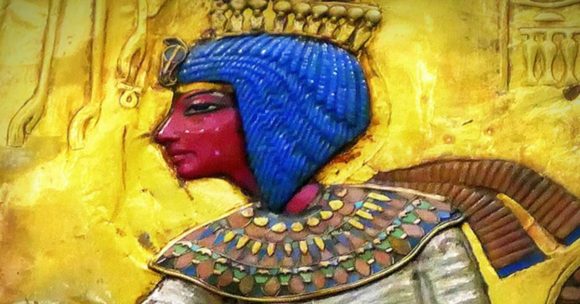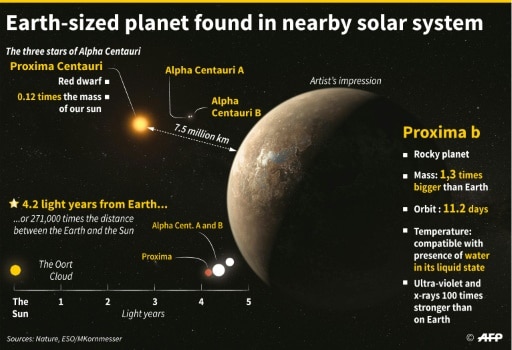The Exotic “Soap Opera” of Ancient Queen Ankhesenamun
Hapless youngster or power-hungry murderess? Who was this Queen Ankhesenamun?
Let’s find out…
From Ancient Origins,
The Hunt for Ankhesenamun: How Did a Young Woman Stop an Ancient Dynasty from Imploding? Part I
“The names of Akhenaten, Nefertiti, and Tutankhamun—prominent players from the Eighteenth Dynasty of the New Kingdom period in ancient Egypt—have been in the spotlight for well over a century. Extensive research, documentaries, and publications have served to keep the mystique of the Amarna royals alive in our collective consciousness. However, a key figure from this family, Queen Ankhesenamun, is either ignored or given little prominence in most narratives.
Flower Child of Akhetaten
Ankhesenamun is portrayed in myriad ways; as a terrified and hapless youngster; a power-hungry murderess; or a loathsome vixen who will stop at nothing to achieve her devious ends. Very few characterizations concentrate on the real person, sans the hype. But then, with irrefutable facts hard to come by, any exotic soap opera can be built around an ancient individual! This once-powerful queen surely deserves a far better study of her personage; for she seems to have managed to prevent a dynasty from imploding—and that is her lasting legacy…”
For the rest, click here.
Share


